Gallery Network
See 6 Historic Lots from Showplace’s Important Fine Art and Design Auction
The New York-based sale features works by Henry Moore, Hans Hofmann, and more.
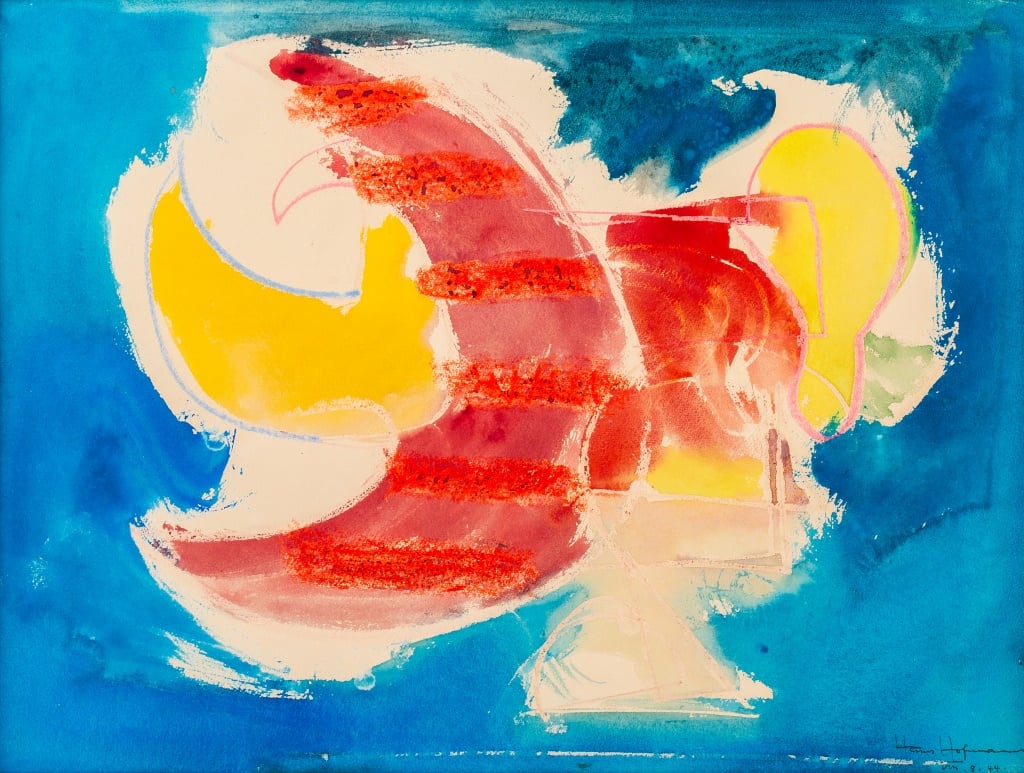
The New York-based sale features works by Henry Moore, Hans Hofmann, and more.

by
Artnet Gallery Network

Taking place May 5, 2024, New York’s Showplace is staging their Important Fine Art and Design auction with a dynamic range of artists and categories. From contemporary juggernauts like Yayoi Kusama to bastions of mid-century abstractionism such as Hans Hofmann, plus historical finds from the likes of Henri de Toulouse-Lautrec—the sale encompasses an incredible breadth of art and design history.
Ahead, we explore six remarkable lots from the forthcoming sale.
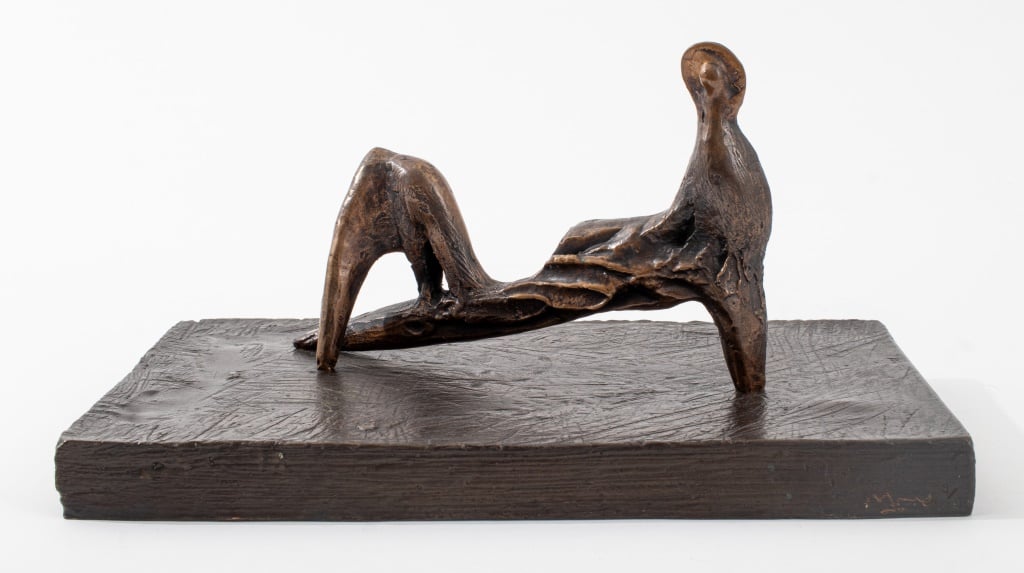
Henry Moore, Reclining Figure: Stiff Leg (1977). Est. $60,000–$80,000. Courtesy of Showplace, New York.
An influential figure within 20th century Modernism, and specifically the Modern sculpture, Henry Moore (1898–1986) is widely recognized for his semi-abstract works. Most commonly working in bronze, some of his most lauded compositions were figurative in nature, as evidenced in the present lot. Balancing lithe linework and perceptible mass, the sculpture is exemplary of Moore’s singular ability to capture emotion in bronze.
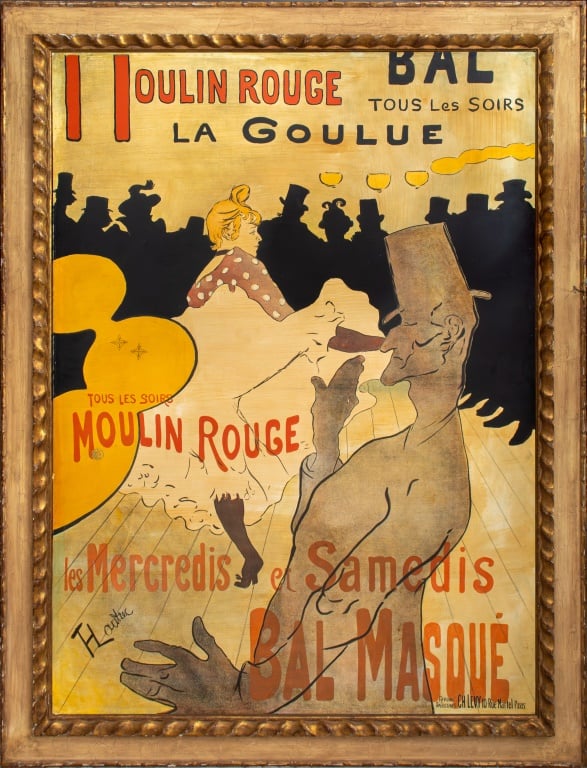
Henri de Toulouse-Lautrec, Moulin Rouge (n.d.). Est. $60,000–$80,000. Courtesy of Showplace, New York.
A painter, printmaker, draughtsman, caricaturist, and illustrator, French artist Henri de Toulouse-Lautrec (1864-1901) is synonymous with 19th-century Paris and the bohemian lifestyle. In 1899, he created a series of posters on commission for the iconic Moulin Rouge cabaret. In these images, the artist captured the liveliness of the venue as well as the zeitgeist of the period. Though initially produced for mass promotion, today, these images are highly regarded as epitomizing a fabulous, bygone era.
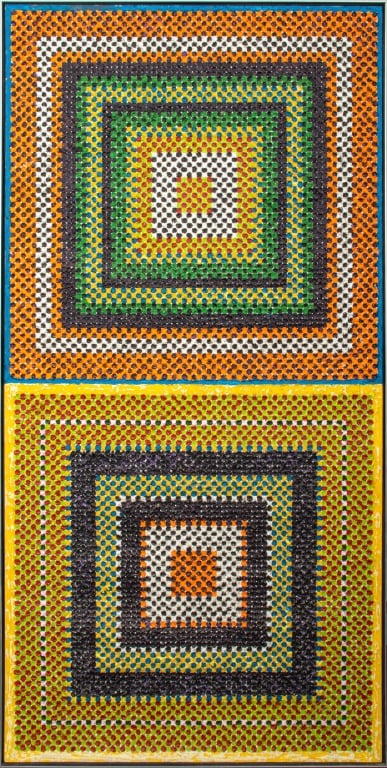
Alfred Jensen, Yucatec (1969). Est. $60,000–$80,000. Courtesy of Showplace, New York.
Originally from Guatemala, abstract painter Alfred Jensen (1903–1981) is best known for his works centered on geometric grids of technicolor shapes, frequently rendered in impasto, or thick layers of paint. Tapping into design elements like calligraphy and numerical compositions, as well as conceptual notions around conscious thought, his work came to be understood as “concrete.” A pioneer of abstraction, he was the subject of a major solo retrospective at the Solomon R. Guggenheim Museum, New York, in 1985.
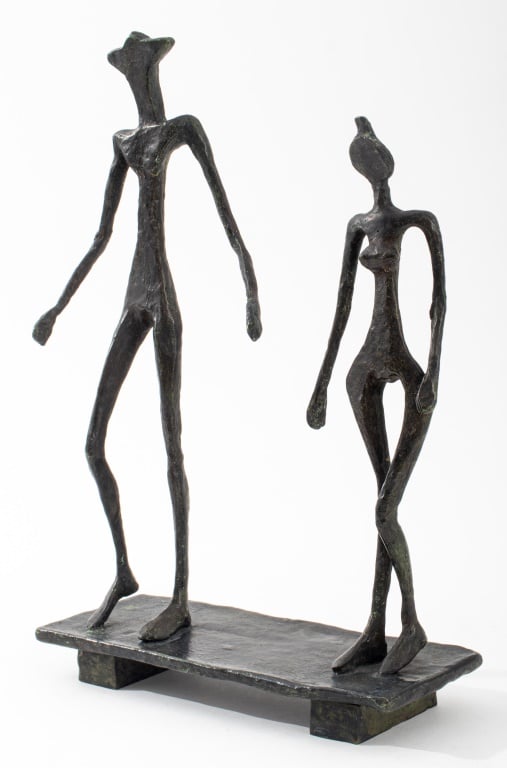
Diego Giacometti, Le Couple (1957). Est. $40,000–$60,000. Courtesy of Showplace, New York.
Swiss sculptor Diego Giacometti (1902–1985) worked incredibly closely with his older brother and fellow sculptor Alberto Giacometti, lending to a similar yet distinct artistic style between the two artists. As can be seen in Le Couple (1957), Diego too found figuration to be a potent source of inspiration, however, his rendering of the figures includes intriguing allusions to detail, such as a hat or hair style, and the comparatively smooth finish of the sculpture offers a sense of cohesion and lightness.

Hans Hofmann, Untitled (1944). Est. $15,000–$25,000. Courtesy of Showplace, New York.
A seminal influence in the development of Abstract Expressionism, Hans Hofmann (1880–1966) is unique within the art historical cannon as he is arguably as well-known as an artist as a teacher, both within the U.S. and in Europe. Born in Munich, he moved to New York City in 1932, and his solo show at Art of This Century, the gallery helmed by Peggy Guggenheim, was heralded as foundational to AbEx by Clement Greenberg. He taught painting in both the U.S. and Germany, and counted among his students Lee Krasner, Helen Frankenthaler, and Marisol Escobar, among numerous others, acting as a guiding force to the next generations of artists.
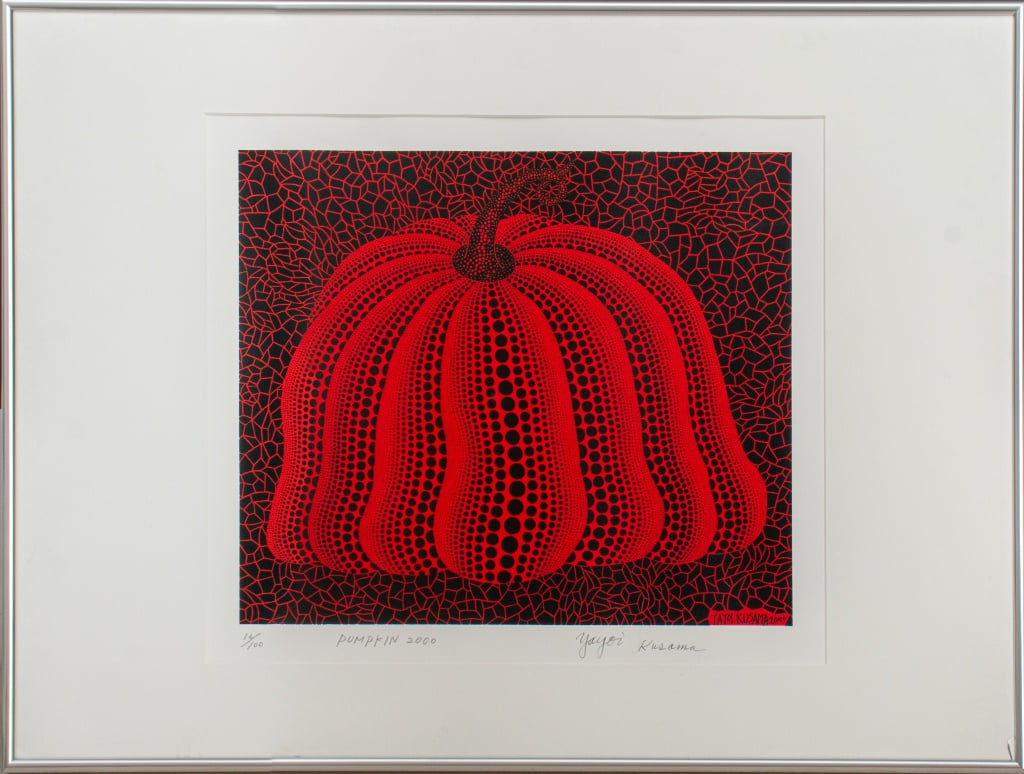
Yayoi Kusama, Pumpkin 2000 (Red) (2000). Est. $30,000–$50,000. Courtesy of Showplace, New York.
Yayoi Kusama (b. 1929) is still today at the age of 95 one of the most popular and widely followed contemporary artists. Drawing from a diverse range of styles and genres, including Surrealism, Minimalism, and Art Brut, Kusama’s work is nearly always immediately recognizable from the motifs that recur throughout her practice or singular polka dot patterns (known as “Infinity Nets”). The pumpkin, as can be seen in the present lot, is one such iconic motif, completely covered in a meticulous pattern of polka dots. Kusama first incorporated pumpkins early in her career, drawn by their, what she perceived as, lack of pretention and spiritual resonance.
Showplace’s Important Fine Art and Design auction will be held May 5, 2024.